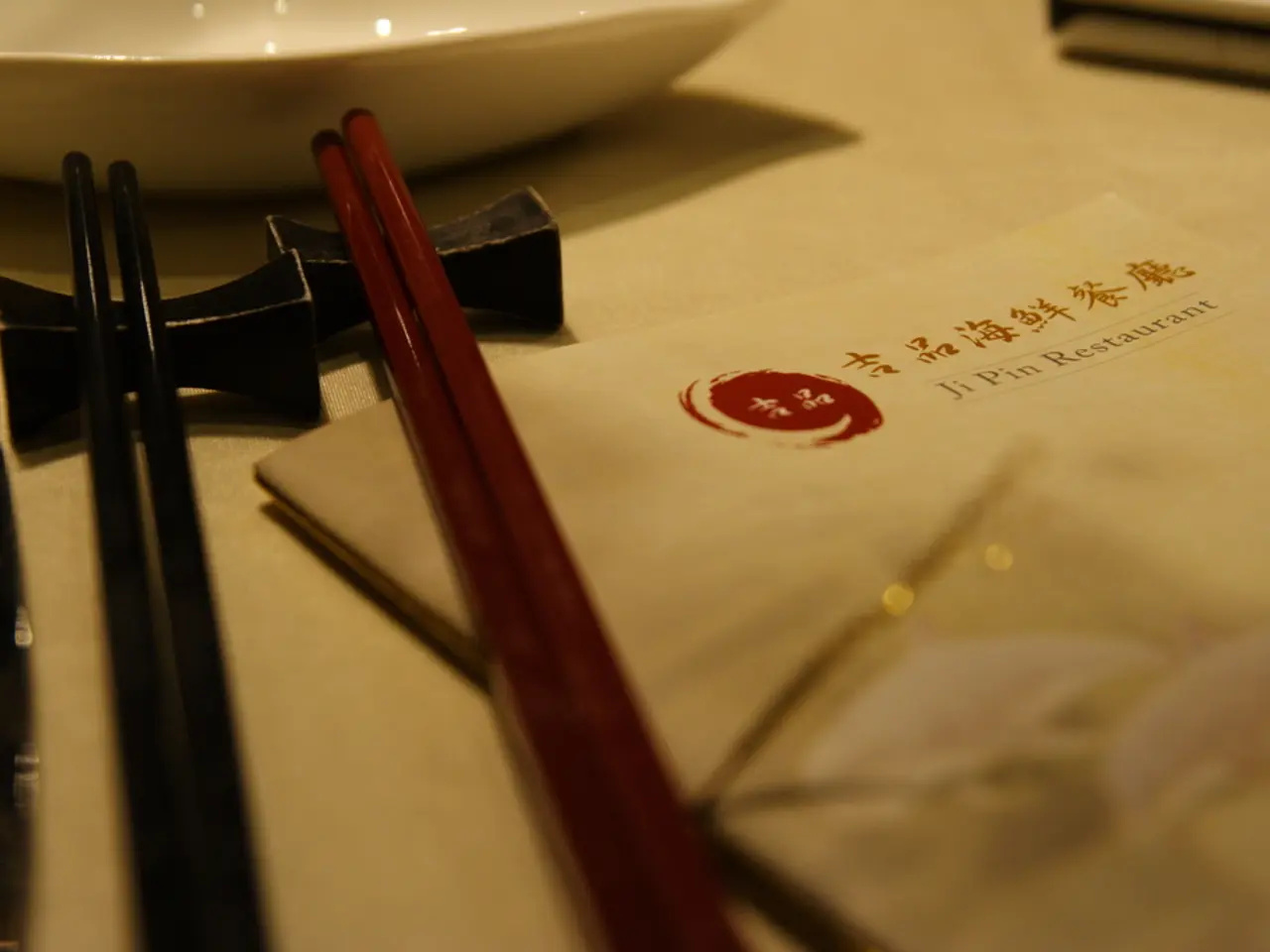Jicama Nutrition Facts: A Look into Jicama's Nutritional Profiles, Advantages, and Applications
Jicama, a root vegetable originally grown in Mexico, has been gaining popularity for its unique taste and numerous health benefits. This crunchy, starchy vegetable with rough, papery brown skin and white, starchy flesh is now widely available and can add a unique flavour to various dishes.
Jicama has a much sweeter taste compared to potatoes, and is often eaten raw. Unlike potatoes, it's not typically cooked before consumption. Nutritionally, jicama is a better choice as it has more dietary fiber and less calories and carbs than potatoes.
One cup of jicama contains approximately 49.4 calories, 0.94 grams of protein, 0.12 grams of fat, 11.5 grams of carbs, 6.37 grams of fiber, and various other nutrients. It's particularly rich in Vitamin C, providing 26.3 milligrams per cup. Jicama is also a good source of antioxidants.
When it comes to health benefits, jicama might help maintain healthy blood sugar levels, which could be beneficial for people with diabetes. Some studies suggest that dietary fiber in jicama can help stabilize blood sugar levels after eating, potentially aiding in efficient glucose conversion and reducing the risk of storing it as fat. Moreover, jicama may help lower LDL cholesterol levels and blood pressure, potentially reducing the risk of heart disease and stroke.
Jicama is also known for its ability to aid digestion. Its high fiber content and prebiotic called inulin can help promote a healthy gut environment.
When picking a jicama, look for a rounded root with smooth skin and no scars or bruising. Choose heavier ones and give it a squeeze for firmness. A whole jicama will stay good for about 2 weeks in the fridge, while cut jicama should be wrapped in plastic and will last for a week.
Jicama's peak season starts around October and lasts throughout fall. This versatile root vegetable can be eaten raw, used in salads, roasted, sautéed, or mashed, and can add a unique flavour to various dishes. It's often compared to potatoes, but they differ significantly in taste, nutrition, and preparation methods.
However, it's important to note that only the root of the jicama is safe to eat. The beans, leaves, and flowers are toxic. Also, jicama contains rotenone, a natural insecticide. While the levels consumed in eating jicama are generally considered safe, it's a factor to consider.
Research indicates that rotenone can increase the risk of Parkinson's disease. However, more research is needed to fully understand the implications of this finding.
In conclusion, jicama is a delicious and nutritious root vegetable that offers a variety of health benefits. Whether you're looking to maintain healthy blood sugar levels, aid digestion, or simply enjoy a tasty, crunchy snack, jicama is definitely worth trying.
Read also:
- Behavioral Differences in Honeybee Stings Revealed in New Research
- Asthma Flare-Ups in Cooler Weather: Understanding Root Causes, Recognizing Symptoms, and Managing Remedies
- Tests to Detect Diabetes-Linked Kidney Disease
- Symptoms of Thrombophlebitis Include: Pain, Inflammation, Redness, and Various Other Markers






